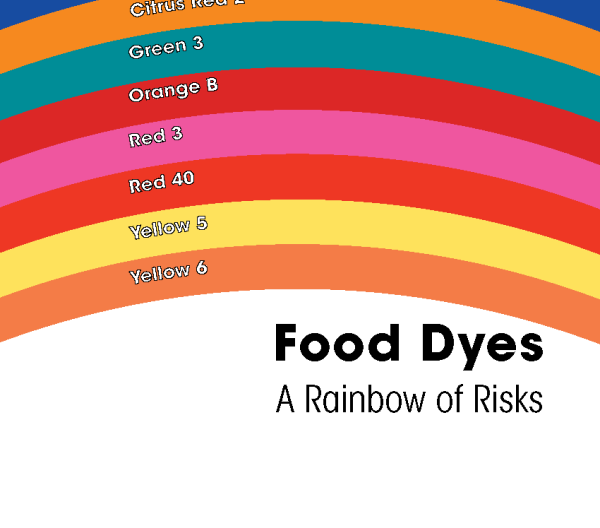
Synthetic food dyes: Health risks, history, and policy
Synthetic food dyes, like Red 40 and Yellow 5, are commonly used in a wide variety of foods and beverages sold in the U.S., but they can cause health problems. CSPI has been calling on the U.S. Food and Drug Administration (FDA) to protect consumers from synthetic dyes for years, but the FDA has taken no action. See our resources below to learn more about synthetic dyes, how to avoid them, and how to help us prevent the harm caused by dyes in our food system.
The latest on food dyes

Synthetic dyes and children’s neurobehavior
The seven most widely used synthetic food dyes—Blue 1, Blue 2, Green 3, Red 3, Red 40, Yellow 5, and Yellow 6—can cause or exacerbate neurobehavioral problems in some children, according to a comprehensive report published in 2021 by California’s Office of Environmental Health Hazard Assessment (OEHHA), which is part of the California Environmental Protection Agency.
The report found that consumption of synthetic food dyes can lead to hyperactivity, inattentiveness, restlessness, and other behavioral problems in some children.
OEHHA also pointed out problems with the FDA’s approvals for these unnecessary color additives. OEHHA determined that current levels of safe intake set by the FDA for synthetic food dyes may not sufficiently protect children because the studies FDA used to set these levels were not designed—or even capable—of detecting neurobehavioral impacts.
In Europe, foods with certain synthetic dyes, including Yellow No. 5, Yellow No. 6, and Red No. 40, must carry a warning label stating that the dyes “may have an adverse effect on activity and attention in children.” This requirement has been in place since 2010. Many food manufacturers that sell foods in Europe have chosen to reformulate their products to eliminate those dyes and thus avoid the label. But many of those same products still contain synthetic dyes in the U.S. That’s right, Europeans get to enjoy the exact same foods and beverages as Americans, but with safer alternatives to synthetic dyes.
How CSPI is working to protect kids from synthetic dyes
CSPI has asked policymakers at the federal and state levels for bans and warning labels on synthetic dyes. FDA has essentially ignored these requests. We’ve been slightly more successful at the state level, particularly in California, with state legislators repeatedly taking action on dyes. Currently, California is considering two policy changes proposed by CSPI:
- A warning label requirement on dye-containing foods sold in the state (as proposed in our 2022 petition to the California Department of Public Health)
- A ban on synthetic dyes in foods served in California public schools (under consideration in the California state legislature as AB 2316)
- In 2023-2024, at least 10 states introduced legislation to ban Red 3 and other harmful food additives
Learn more about dyes and neurobehavior
- Fact sheet: Synthetic food dyes and California's OEHHA
Use our factsheet to do a deeper dive on the OEHHA assessment on the impacts of dyes on neurobehavior
- Chemical Cuisine, CSPI's Food Additive Safety Ratings
CSPI rates synthetic dyes as “Avoid” on Chemical Cuisine
- Majority of Californians support warning labels for foods with harmful synthetic dyes
Most Californians want warning labels on synthetically dyed foods, according to a survey commissioned by CSPI
- California bill would ban synthetic dyes and titanium dioxide from school foods
Read our statement about the bill that may soon ban synthetic dyes in California public schools and why CSPI supports it
Warning labels for synthetic food dyes
CSPI petitioned the California Department of Public Health to require warning labels on synthetically dyed foods and continues to urge the department to act and to build a strong coalition of supportive organizations and scientists.

Go deeper on dyes
Red 3 and cancer
Red 3 is one of the dyes that OEHHA included in its evaluation for neurobehavioral effects, but that’s not the only concern with Red 3. In 1990, the FDA determined that Red 3 causes cancer when ingested by animals. This conclusion was based on studies that the agency had received from industry in the early 1980s. Federal law prohibits the FDA from approving any cancer-causing color or food additive, meaning the FDA was obligated in 1990 to ban Red 3, and indeed, it promised to do so, but it never did. Now, more than 30 years later, Red 3 is still federally legal in foods, dietary supplements, and oral drugs (the FDA did ban the use of Red 3 in cosmetics and topically applied drugs back in 1990 but felt they needed to take separate action to ban the other uses—obviously that action never came).
How CSPI is working to protect consumers from Red 3
CSPI is leading a coalition of 24 organizations and scientists that petitioned the FDA to ban Red 3. Even though the FDA is required to rule on our petition within 6 months, the agency has yet to do so.
Fortunately, states—like CSPI—have gotten fed up with this ongoing federal failure and are beginning to act. With CSPI’s support, California passed the California Food Safety Act in 2023 which bans Red 3 statewide starting in 2027. Now other states—including New York, Illinois, and Washington—are also considering bans on Red 3.
More about Red 3 and cancer

Summary: Our petition to FDA (2022)
An overview of the petition filed by CSPI and 23 other organizations and prominent scientists urging the FDA to formally remove Red 3 from the list of approved color additives in foods, dietary supplements, and oral medicines
FDA says it causes cancer. Yet it’s in hundreds of candies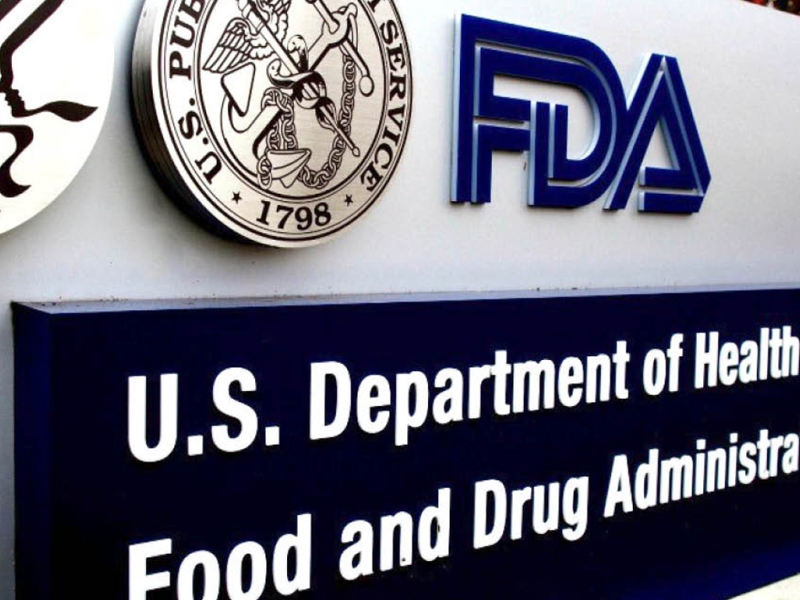
Full petition to FDA (2022)
CSPI and 23 other organizations and prominent scientists urge the FDA to formally remove Red 3 from the list of approved color additives in foods, dietary supplements, and oral medicines
Red 3 petition (PDF)
California Food Safety Act (CA AB 418)
Statement of CSPI President Dr. Peter G. Lurie
California legislators ban carcinogen Red 3 and other additives from foods and beverages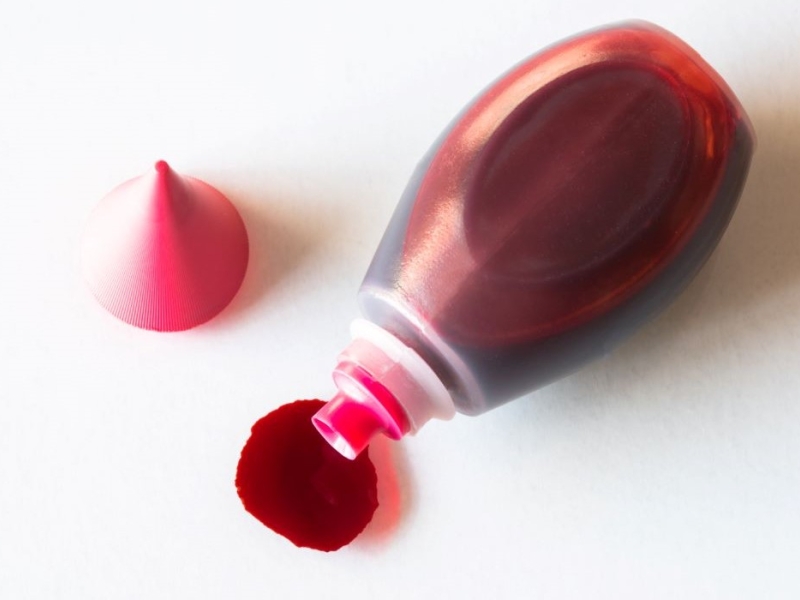
CSPI's letter to Gavin Newsom RE: AB 418 & AB 899
CSPI urges Governor Newsom to sign two bills that would greatly improve the safety of foods sold in California
AB 418 & AB 899 Signature Request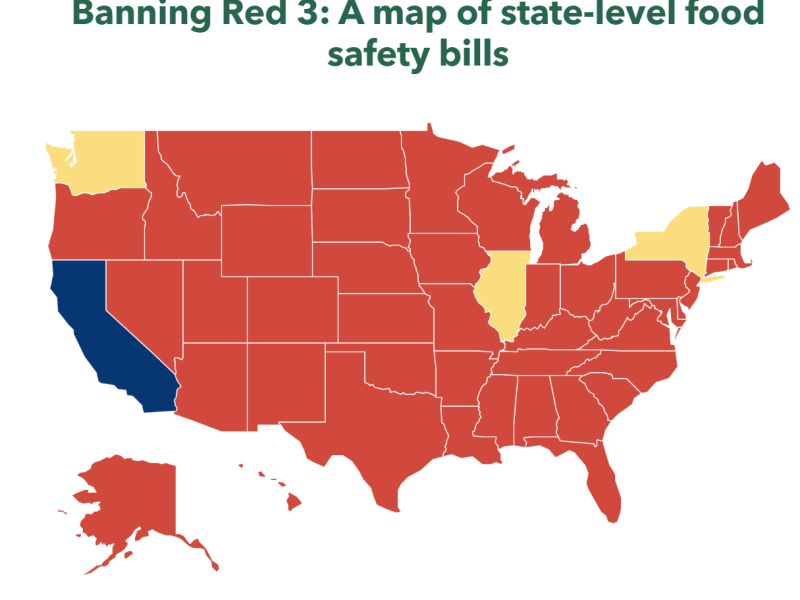
Has your state acted yet?
CSPI’s interactive map tracks which states have introduced or passed legislation to ban the harmful color additive Red 3 in foods
Where is Red 3 legal? See where your state stands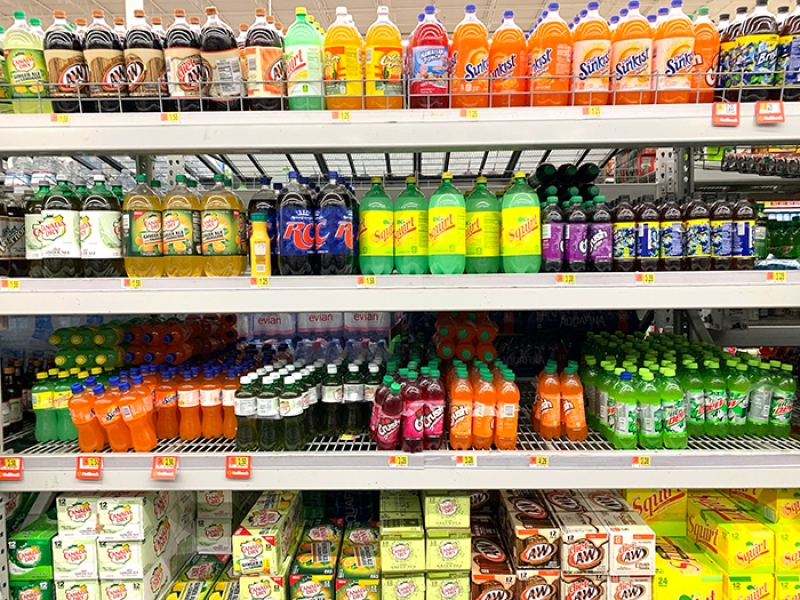
New York's landmark food additives bill
NY A6424A/S6055B would ban seven unsafe food additives (Red 3, propylparaben, BVO, potassium bromate, titanium dioxide, azodicarbonamide, and BHA) in the state
Get the New York A6424A/S6055B food additives ban fact sheet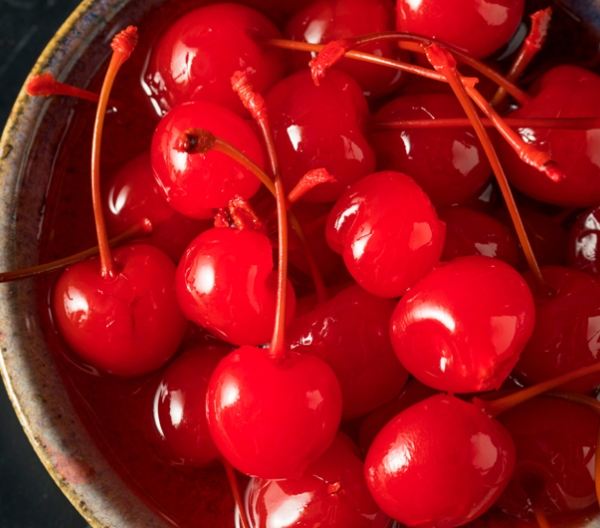
Stirring the Pot
Join the fight for safer, healthier food
Sign up to receive action alerts and opportunities to support our work in Stirring the Pot, our monthly newsletter roundup.







